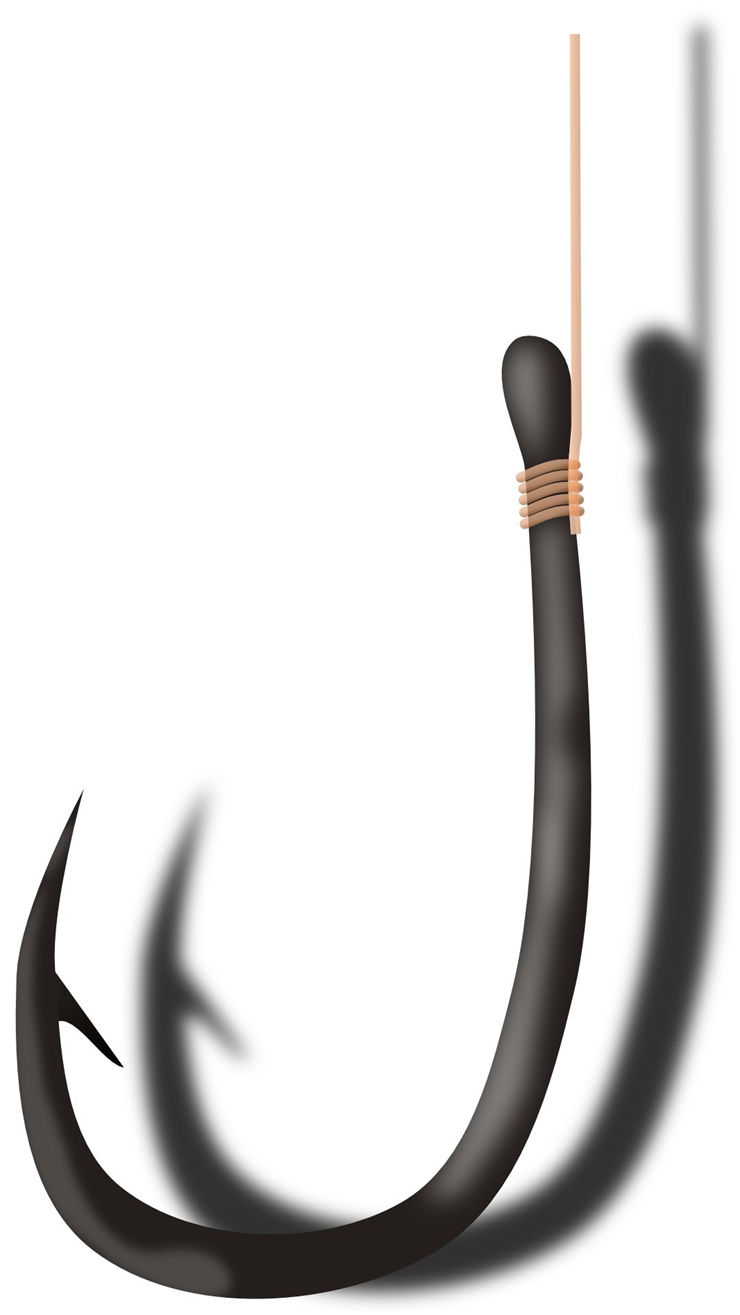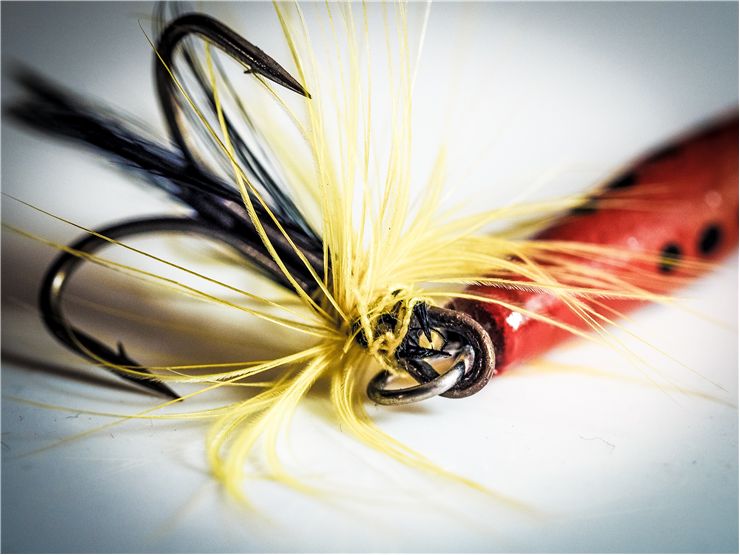History and Types of Fish Hooks
Fish hook (fishhook, fishing hook or an angle) is an old device used for catching fish. It is tied to a line and baited and when a fish eats the bate it eats the hook also. Hook impales fish in the mouth and the fish is caught.
The eldest fishhook found until now is between 16,000 and 23,000 years old. It was found in the Jerimalai cave in East Timor, Czechoslovakia and it is made of shell. Early fish hooks are also found in Palestine which are about 9,000 years old. Other early fishhooks were made of wood, animal and human bone, horn, shells, stone, bronze, iron and even composite materials to combine positive properties of each material. Modern steel hooks appeared for the first time in 17th century although some people used wood, for instance, to make fish hooks until 1950s. Modern fish hooks are made of high-carbon steel, steel alloyed with Vanadium, or stainless steel. When made, hooks are covered with protective materials to be resistant to corrosion.
Fishhooks are relatively small but they still have their parts.
- “Point” is the sharp part of the hook that penetrates the flesh of the fish.
- ”Barb” is part of the point, a pointed part that goes the opposite way of the point and prevents the fish falling off the hook.
- “Eye” is at the other end of the hook and it is a loop which is used to tie a line to a hook.
- “Bend” is curved part of the hook while the “shank” is the straight part.
- “Gap” is a distance between the point and the shank.
Fishhooks can be generally divided into three groups: bait hooks, fly hooks and lure hooks.
Bait hooks are baited, fly hooks are for making artificial flies and lure hooks are part of lures. Inside those three groups they can be divided in thousand ways depending on a type of fish they are used for, size of fish, shape of a hook, manufacturer and other reasons.
We’ll mention some way fishing hooks can be distinguished one from another:
- Single , double and triple hooks have that much hooks. They all have one eye and single and double hooks are made from one piece of wire. Triple hook has one hook added to a double hook. Double and triple hooks are used on lures.
- Hooks can have different points and barbs. Hooks without barbs are used for “catch-and-release” methods of fishing. Length of the point determines how far fish hook will penetrate the fish.
- Some fishhooks don’t have eyes at all but a flat part where an eye should be which prevents line from slipping (so called spade end). Other have up turned, down turned and straight eyes.
- Sizes of fish hooks are not standardized nut manufacturers set their own standards. They are marked with numbers that represent their relative sizes and larger hooks are marked with an increasing whole numbers followed by a slash and a zero while the small hooks are only marked with a whole number.

